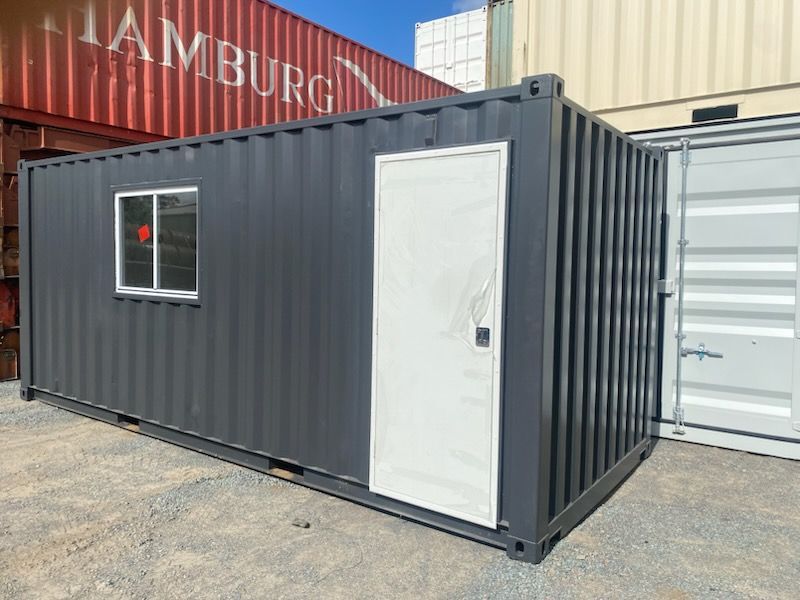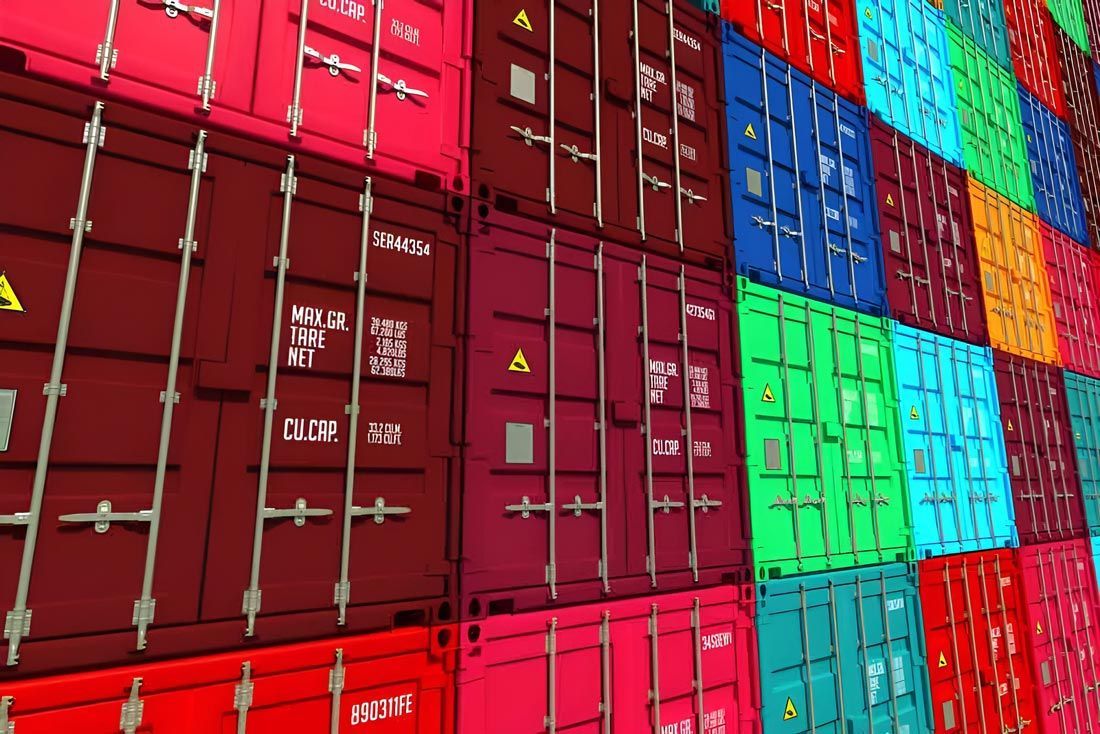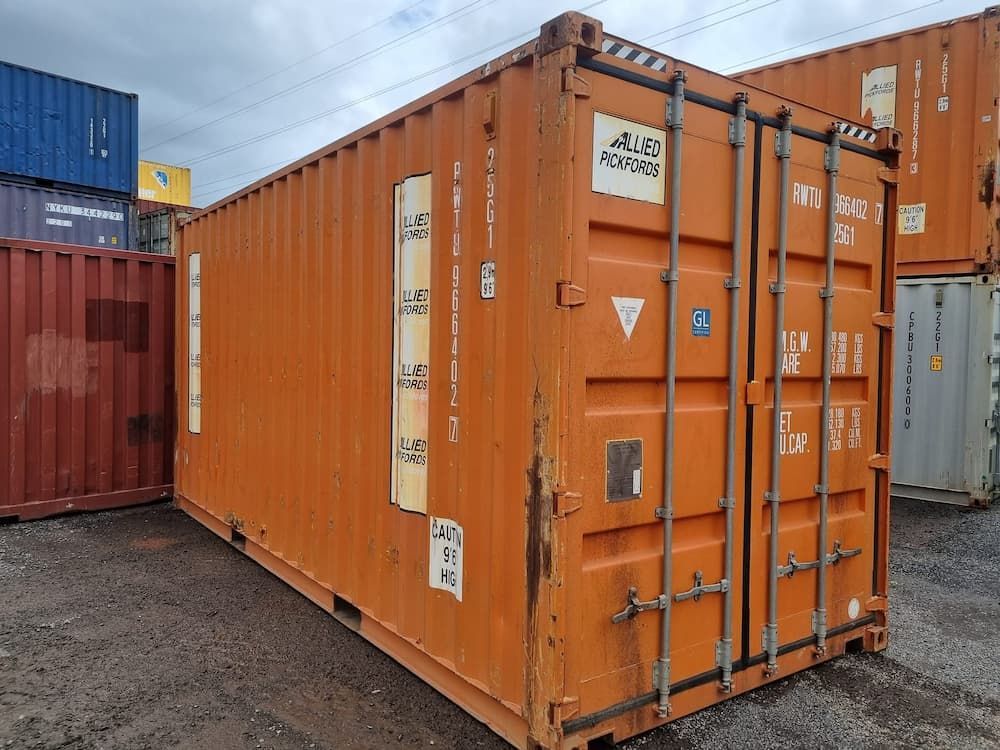Shipping Container Regulations: What Buyers Should Know
Whether you’re planning to use a shipping container as a backyard storage solution, a temporary construction site shed or converting it into a habitable dwelling, it’s not just a matter of buying and placing one. Regulations across different councils, structural codes, and site limitations must be considered before you proceed. Understanding these guidelines can help avoid costly delays, fines or even forced removals.
In this blog, we break down the key rules and requirements Australian buyers and developers need to know before buying a shipping container.
Understanding Zoning Laws Before You Buy
Before you begin browsing shipping containers for sale on the Sunshine Coast, it is critical to confirm that your property’s zoning allows their use. Zoning laws control what types of structures are permitted in specific areas—residential, commercial, industrial, or mixed-use—
and this directly affects whether a shipping container can be placed or modified on your site.
- Residential zones often restrict the use of containers unless they’re concealed or temporary.
- Industrial or rural zones may allow containers but still require notification or approval.
- Some councils prohibit shipping containers entirely due to aesthetic or planning concerns.
Consult your local planning department to determine your zoning classification and container usage conditions before purchasing.
Permits: When Do You Need Council Approval?
Permits aren’t always required for short-term or temporary container use, but long-term or permanent placement typically does need formal approval. This is especially important if you're planning modifications, habitation or structural use of the container.
- If a container is staying on your site for longer than a set period (often 30–60 days), a Development Application (DA) may be necessary.
- Placement near boundaries, easements, or bushfire-prone areas often triggers permit requirements.
- Using containers for residential, office or workshop purposes almost always requires council consent.
Always clarify your permit obligations before delivery to avoid delays or regulatory issues.
Building Codes & Structural Modifications
When a container is converted into a habitable or semi-permanent structure, it must comply with the National Construction Code (NCC). These codes ensure the structure is safe, accessible and fit for use, especially when adding plumbing, electrical or insulation.
- All modifications must meet Australian standards for fire safety, energy efficiency, structural integrity and ventilation.
- Internal fittings such as power points, plumbing and insulation need to be installed by licensed professionals.
- Alterations like cutting into the container can compromise structural integrity if not professionally engineered.
If you’re planning a conversion, you’ll need drawings and certifications to meet compliance requirements.
Meeting Environmental & Fire Safety Standards
Australia’s diverse climate introduces unique challenges when placing a container, particularly in regions affected by bushfires or floods. Environmental and fire safety regulations must be adhered to when installing a container, whether temporary or permanent.
- Containers in bushfire zones may require fire-resistant cladding or setback buffers.
- Flood-prone zones often require elevation or anchoring solutions to mitigate risk.
- Containers used for storing chemicals, fuel or waste must follow environmental protection protocols.
Failure to meet these standards can result in fines and serious safety risks, so be sure to plan according to local hazard classifications.
Transport & Placement: Road Rules and Site Access
Getting your container from the supplier to the site involves logistical coordination and adherence to transport regulations. Oversized loads, restricted road access or difficult terrain can all complicate delivery.
- Check road width restrictions and permit requirements for wide-load deliveries, especially for 40ft containers.
- Ensure your site has enough clearance for the delivery truck to manoeuvre and unload.
- Confirm the site is flat, stable, and accessible. Uneven or boggy ground can delay placement or cause structural issues later.
Discuss delivery requirements with your supplier to coordinate transport and placement safely and legally.
Temporary Use vs Permanent Structures
There is a clear legal distinction between placing a shipping container temporarily versus installing it as a permanent fixture. This difference affects your permit obligations, compliance standards, and even how the site must be prepared.
- Depending on council regulations, temporary containers may be permitted without a DA for up to 30–60 days.
- Permanent containers used for storage, workshops or living spaces almost always require full approval and code compliance.
- A container used during a construction project may not need approval, but it must be removed at the end of the permitted period.
Clearly define the purpose and timeframe of your container use to understand which category your project falls under.
Buying Compliant Containers: What to Look For
Not all containers on the market meet safety or structural standards. If you plan to use a container for long-term storage or structural conversion, verifying its condition and certification is essential.
- Look for CSC plates that certify the container is structurally sound for transport and stacking.
- Choose containers with minimal rust, intact floors and watertight doors and seals.
- Avoid containers that have been previously used for hazardous materials unless professionally cleaned and certified.
Buying from a trusted supplier ensures the container you receive meets industry and safety expectations.
Common Pitfalls & How to Avoid Fines
Unfortunately, many first-time buyers run into trouble by overlooking regulations or underestimating what’s involved in container installation. These mistakes can lead to costly fines, compliance breaches, or project delays.
- Placing containers without council approval can result in enforcement notices and removal demands.
- Failing to anchor the container properly in wind-prone regions increases safety risks and legal liability.
- Ignoring visual and design requirements in residential areas can spark neighbour complaints and planning infringements.
Avoid these issues by working with a supplier who understands regulatory requirements and can assist with documentation, transport and installation planning.
Looking to Buy a Shipping Container on the Sunshine Coast? Start Here
Purchasing a shipping container on the Sunshine Coast is a practical and versatile solution for many applications, but only when done in line with local regulations. Whether you're building a project, a unique architectural venture, or using storage containers on the Sunshine Coast, understanding the rules is just as important as choosing the right unit.
At
East Coast Containers, we help you navigate the entire process—from selecting the right container to understanding compliance needs and coordinating delivery.
Contact us to book a service or consultation, or to learn more about our container options.












